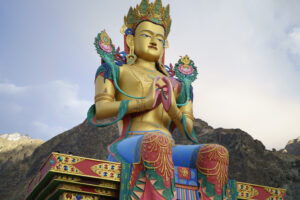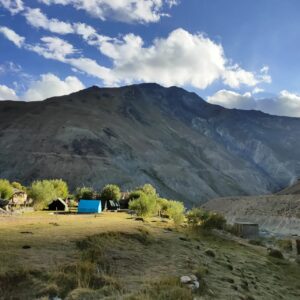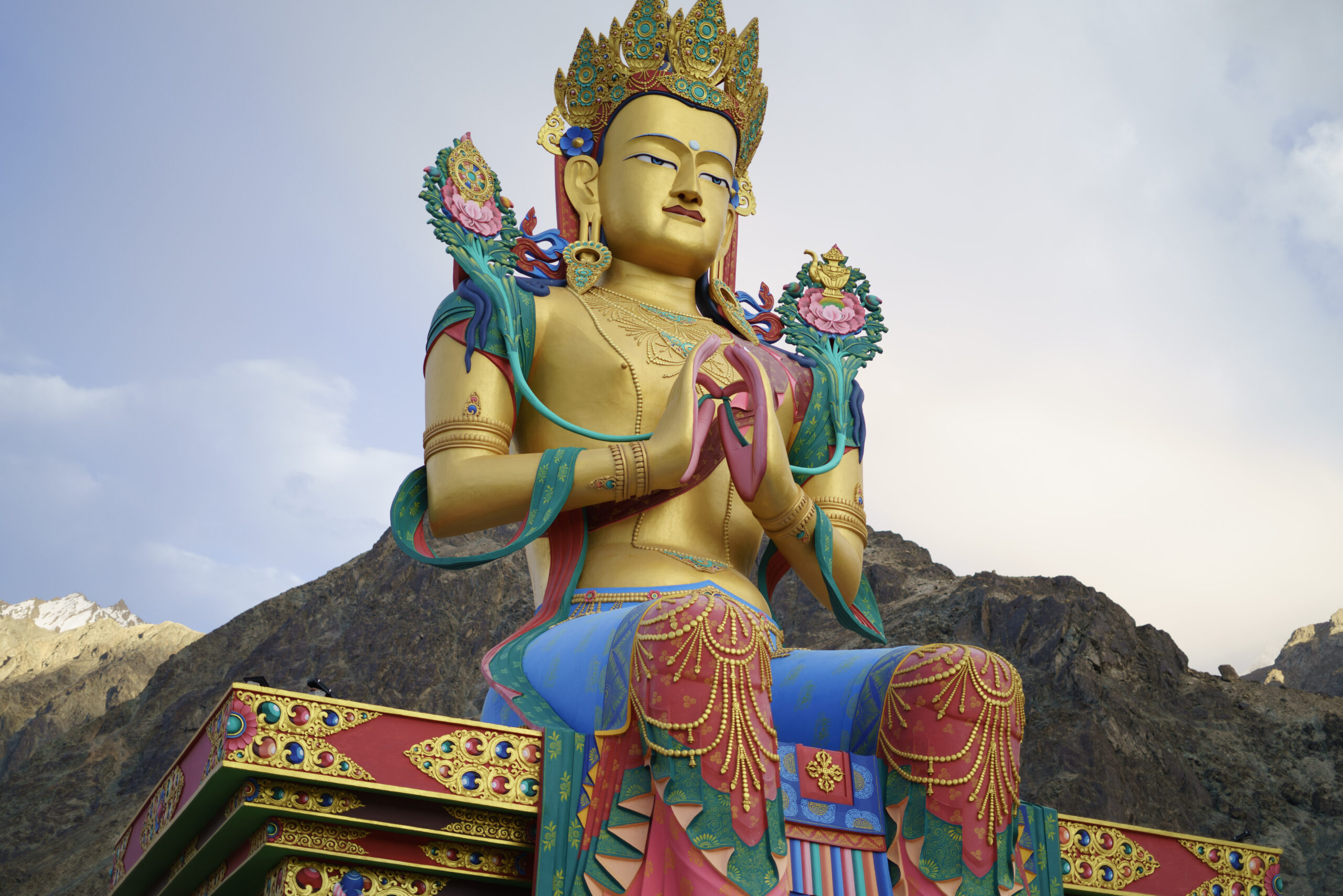History of Ladakh
Ladakh is a region administered by India as a union territory, which constitutes a part of the larger Kashmir region and has been the subject of dispute between India, Pakistan, and China since 1947. Ladakh is bordered by the Tibet Autonomous Region to the east, the Indian state of Himachal Pradesh to the south, both the Indian-administered union territory of Jammu and Kashmir and the Pakistan-administered Gilgit-Baltistan to the west, and the southwest corner of Xinjiang across the Karakoram Pass in the far north. It extends from the Siachen Glacier in the Karakoram range to the north to the main Great Himalayas to the south. The eastern end, consisting of the uninhabited Aksai Chin plains, is claimed by the Indian Government as part of Ladakh, and has been under Chinese control since 1962.
In the past Ladakh gained importance from its strategic location at the crossroads of important trade routes, but as the Chinese authorities closed the borders between Tibet Autonomous Region and Ladakh in the 1960s, international trade dwindled. Since 1974, the Government of India has successfully encouraged tourism in Ladakh. As Ladakh is strategically important, the Indian military maintains a strong presence in the region.
The largest town in Ladakh is Leh, followed by Kargil, each of which headquarters a district. The Leh district contains the Indus, Shyok and Nubra river valleys. The Kargil district contains the Suru, Dras and Zanskar river valleys. The main populated regions are the river valleys, but the mountain slopes also support the pastoral Changpa nomads. The main religious groups in the region are Muslims (mainly Shia) (46%), Buddhists (mainly Tibetan Buddhists) (40%), Hindus (12%) and others (2%). Ladakh is one of the most sparsely populated regions in India. Its culture and history are closely related to that of Tibet.
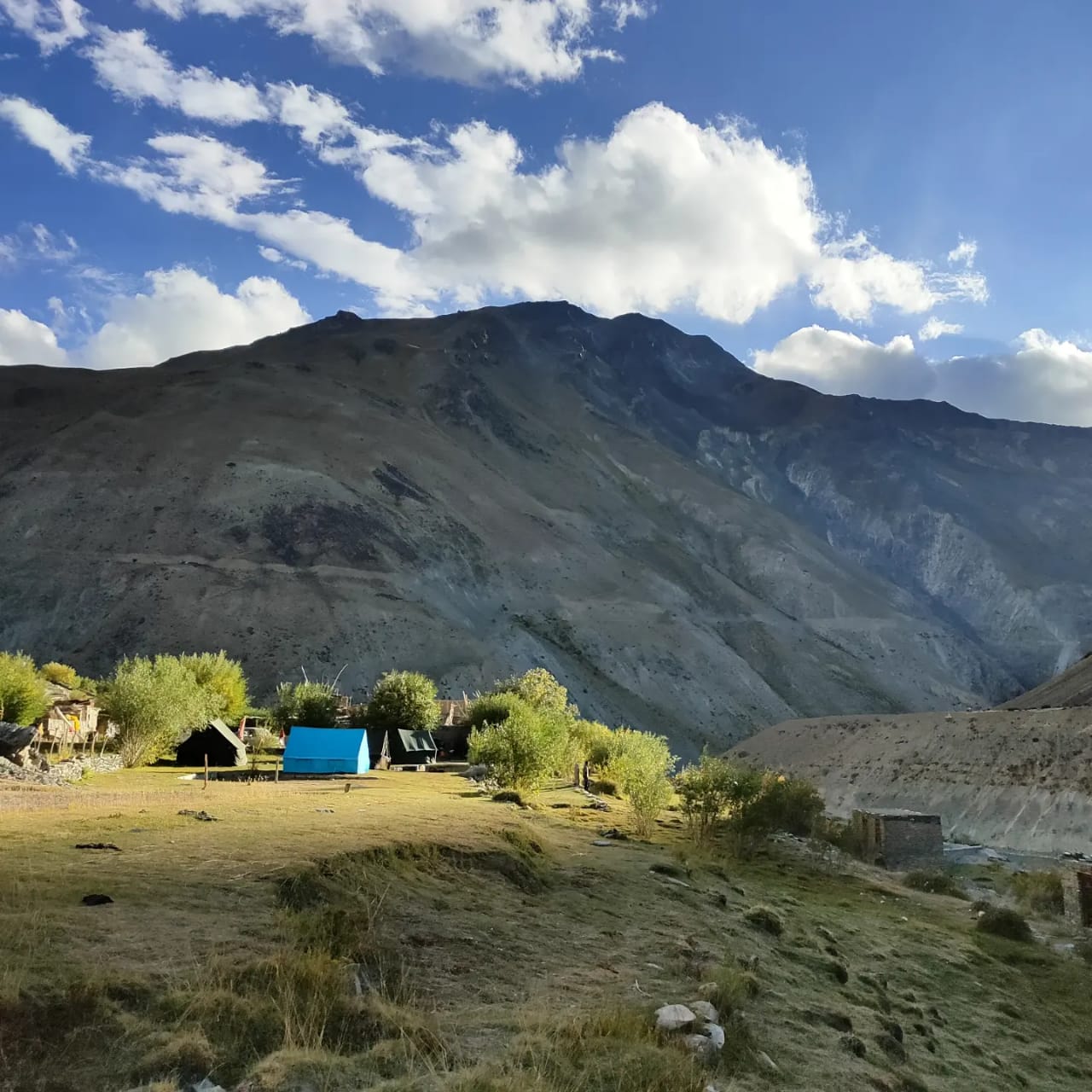
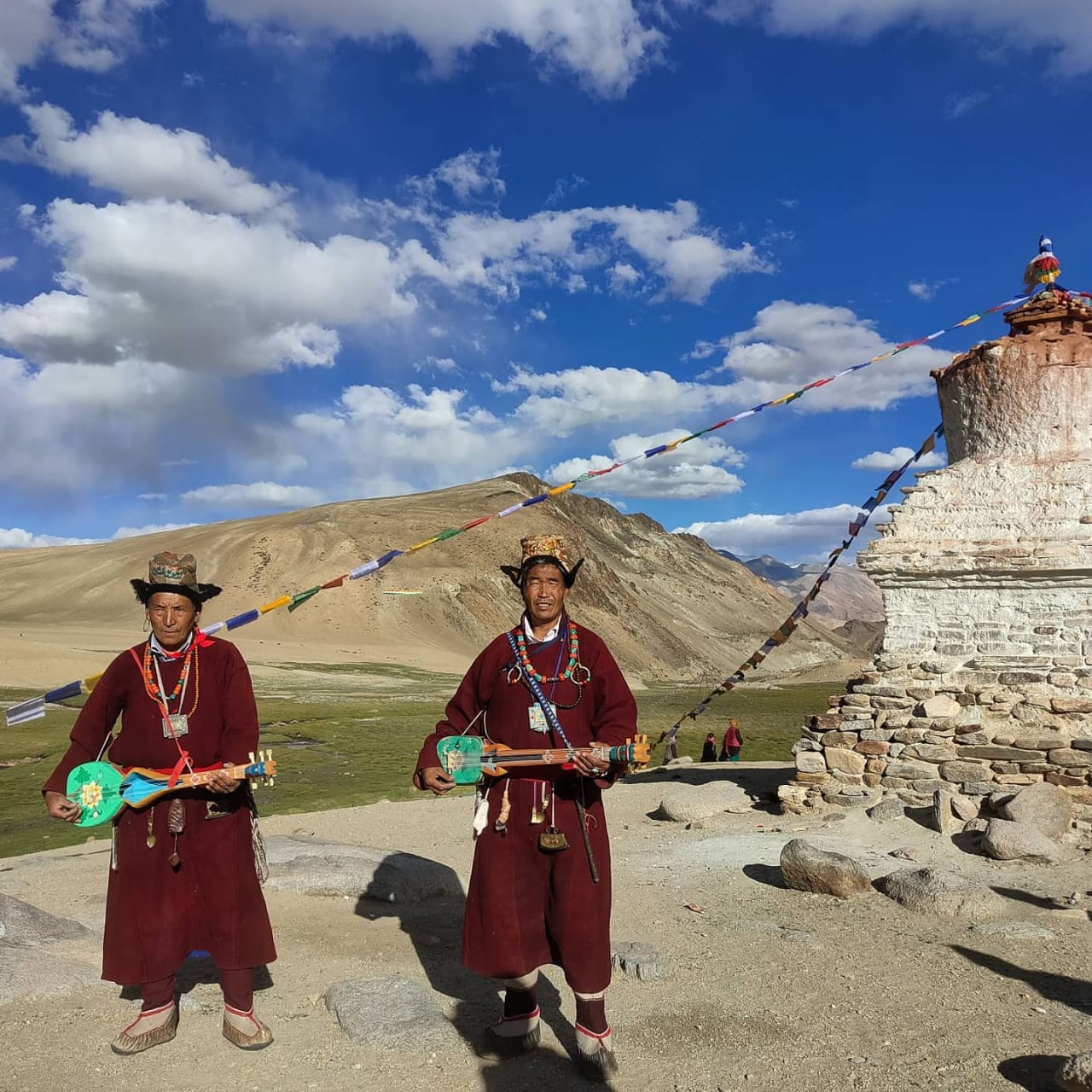
Ladakh was established as a union territory of India on 31 October 2019, following the passage of the Jammu and Kashmir Reorganisation Act. Prior to that, it was part of the Jammu and Kashmir state. Ladakh is the largest and the second least populous union territory of India.
Surrounded by rock, caressed by wind, embedded in stillness, the picturesque Ladakh landscape is truly awe-inspiring. The magnificent opulence of the formidable Himalayas makes you wonder if it’s real or just a giant picture post-card. Ladakh – an Indian plateau – with the highest altitude is nestled safely within the Himalayan and Karakoram ranges. The Indus river flowing merrily through Ladakh infuses life and hope into its civilization. The lush greenery around its bank seems to wake you up from your reverie. White clouds engulfing the mountains are reflected in the crystal clear water. The green valley silently bears testimony to Nature’s endless bounty. Snow-covered, slippery roads, barren mountain ranges and serene, sparkling streams – all embellish Ladakh’s landscape. With high altitude comes low oxygen concentration making you gasp intermittently. Yet Ladakh is a Heaven on Earth. The frigid wind mercilessly cuts through your bones and causes goose-bumps to form all over the skin. Yet Ladakh is a Heaven on Earth. A nature lover’s paradise, a photographer’s obsession, an artist’s inspiration, a traveller’s cynosure, Ladakh is all these and more. Ladakh is truly a heaven on Earth. - Gita Ashok


